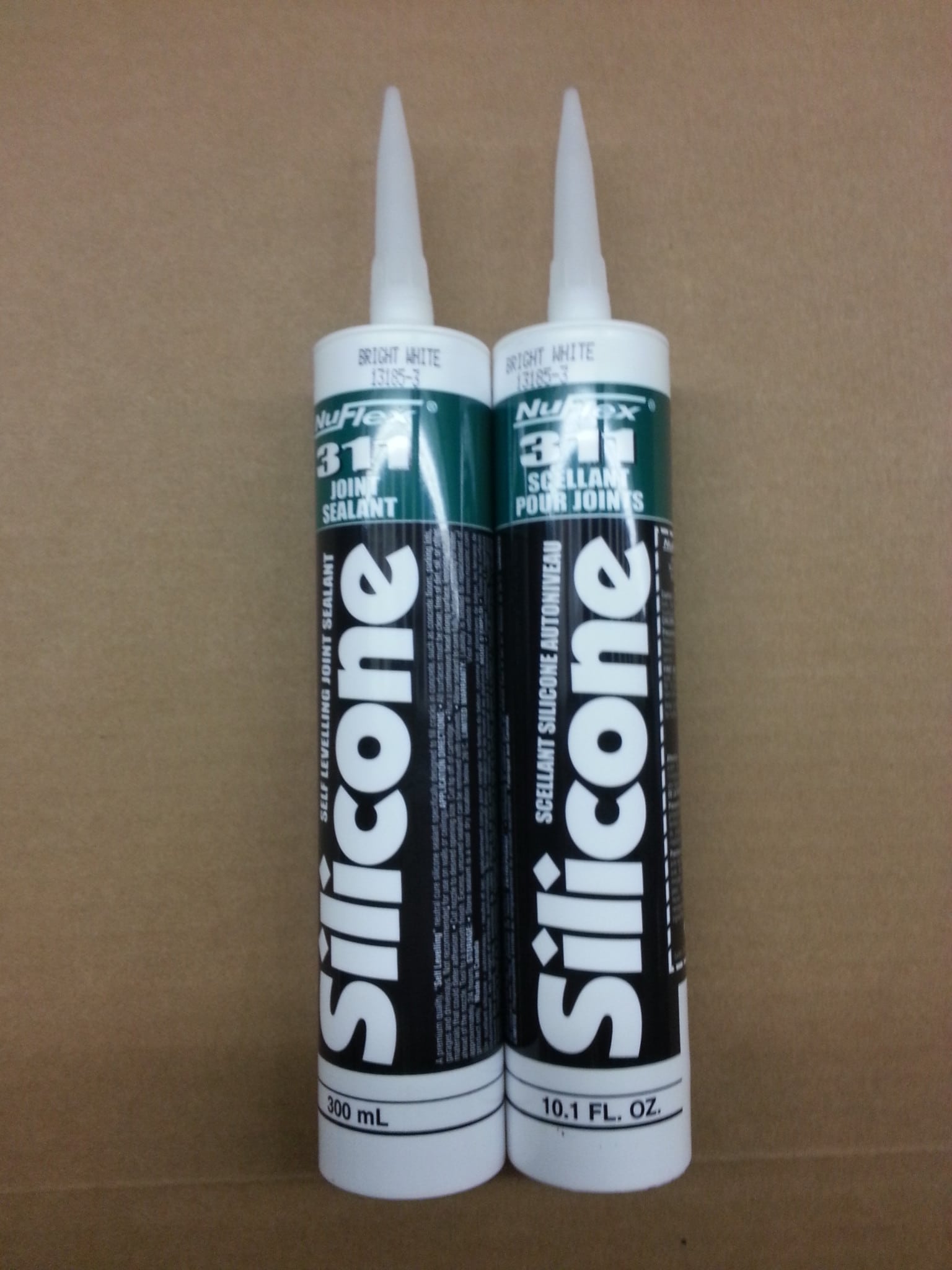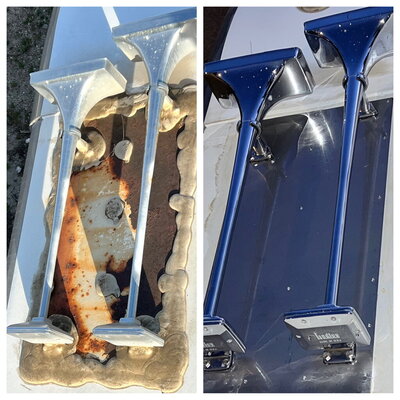SCVJeff
Well-known member
- Joined
- Jan 20, 2007
- Posts
- 1,304
Looking at my 2006 Meridian roof with 1/2kw of solar, a very early Trav’ler and some other things that I have installed with Dicor throughout the years, then I look at the original Winnebago thick brownish super flexible seam sealer looking exactly like the day it was applied from the factory without any sign of wear whatsoever while the Dicor always eventually seems to dry out and crack. Why shouldn’t I be calling Winnebago or Lichseten, etc. for a can of THAT stuff? Had anyone ever used it, and if so, whats it called?


